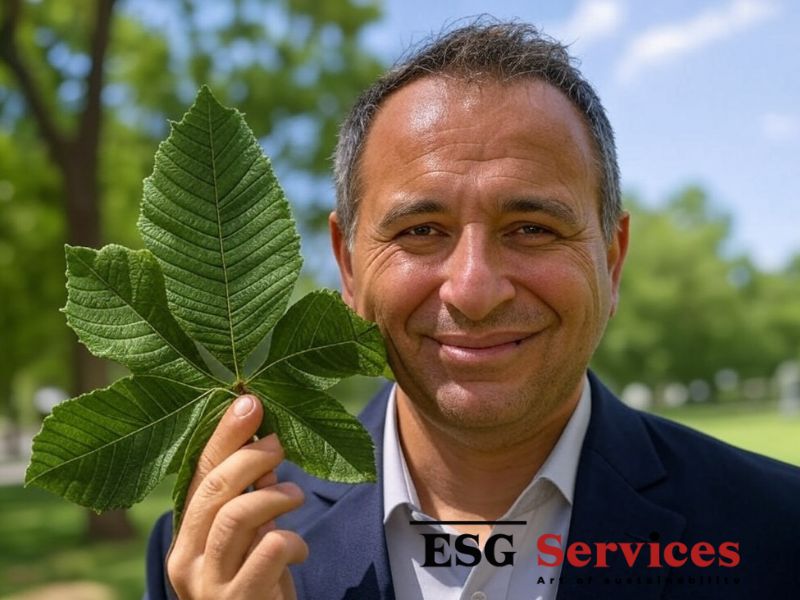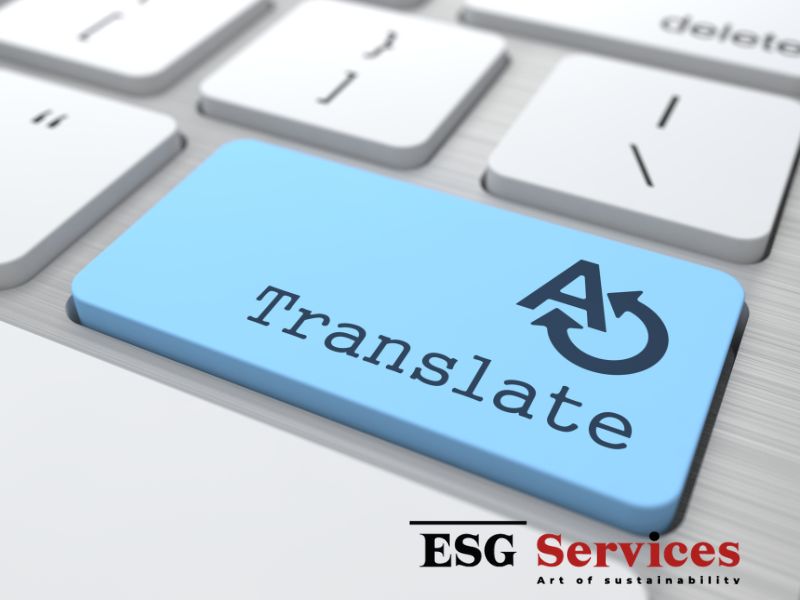The European Union is steadily implementing its sustainable development strategy, with the EU Taxonomy as one of its most powerful instruments. This innovative classification system supports green investments, increases market transparency, and helps companies align with new environmental regulations.
The EU Taxonomy acts as a "green guide," defining which economic activities genuinely contribute to climate and environmental goals. This enables investors to make more informed decisions and helps companies avoid greenwashing (false environmental and social claims).
The EU Taxonomy was developed to:
✅Redirect investments toward sustainable projects aligned with the European Green Deal.
✅Reduce greenwashing by ensuring greater transparency in the financial markets.
✅Support businesses in planning and financing their green transition.
✅Create unified standards for evaluating sustainable investments, making it easier to compare their impact.
✅Channel capital into initiatives that have the greatest environmental benefits.
The EU Taxonomy is closely linked to other EU sustainability regulations, such as:
| Regulation | Purpose |
|---|---|
| CSRD (Corporate Sustainability Reporting Directive) | Requires companies to report their environmental and social impact. |
| EU Green Bond Directive | Enhances transparency in green bond issuances to support sustainable finance. |
The EU Taxonomy is not just a regulation—it’s a strategic tool that allows companies to:
✔Access cheaper financing – through preferential loans and investment funds linked to sustainability.
✔Increase competitiveness – businesses aligned with the Taxonomy attract investors and sustainability-conscious customers more easily.
✔Prepare for future regulations – failing to integrate ESG principles may lead to a loss of market position.
Since its introduction, the EU Taxonomy has played a key role in mobilizing capital for green investments.
📈Revenue from Taxonomy-aligned activities grew by 22% (from €670 billion in 2022 to €814 billion in 2023).
📈Capital expenditures (CapEx) on green projects rose by 32% (from €220 billion to €291 billion).
📈Total sustainable investments in key sectors exceeded €530 billion between 2022 and 2023.
Despite its success, the implementation of the EU Taxonomy presents challenges, such as complexity and high reporting burdens for businesses.
To enhance the efficiency of the Taxonomy, the EU Platform on Sustainable Finance has proposed four key simplifications for the European Commission:
1️⃣ Reducing Reporting Burdens by One-Third
2️⃣ Simplifying the Green Asset Ratio (GAR) for Loans
3️⃣ More Practical "Do No Significant Harm" (DNSH) Criteria
4️⃣ Supporting SMEs in Accessing Sustainable Finance
The European Commission has announced that by November 2024, it will introduce a consolidated "Omnibus" regulation to streamline reporting obligations across the EU.
Additionally, the EU Taxonomy is influencing global markets—over 58 countries are now developing their own sustainable investment classification systems. Harmonization with international standards could strengthen capital flows and expand the reach of green investments.
For the full EU Platform on Sustainable Finance report, visit:
🔗Read the Report









